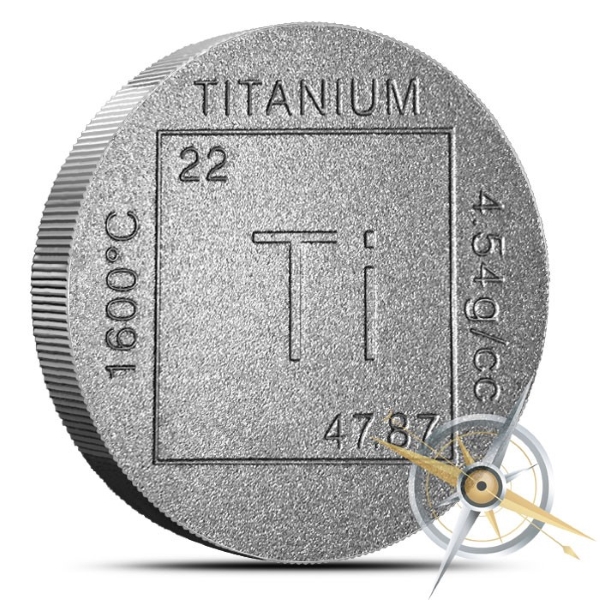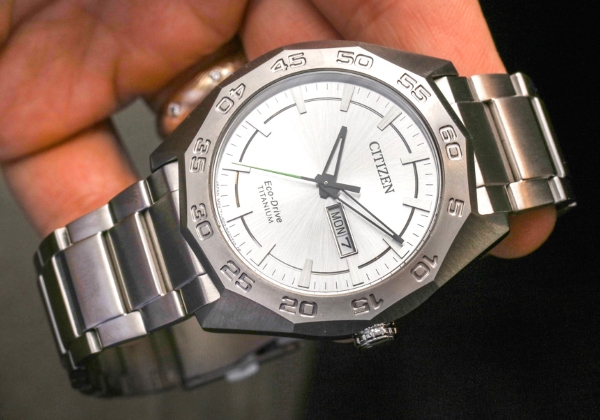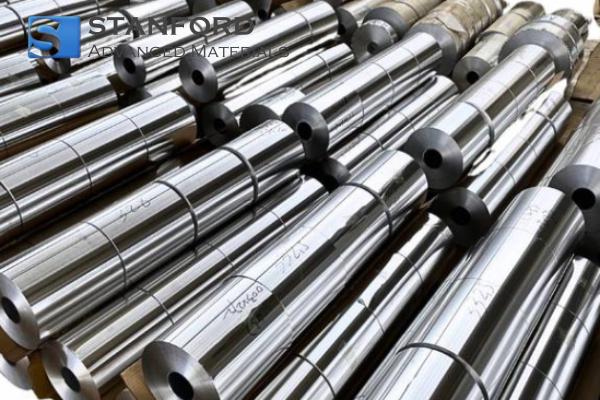Application Of Titanium In Watch Industry
Materials Used in the Watch Industry
Watches are an essential part of daily life. The cases and straps account for 95% of the watch material. Traditional watches are manufactured from brass with Ni-galvanised surfaces. Such surfaces contain considerable amounts of nickel. Frequent contact may trigger a nickel allergy.
Subsequently, watches produced from austenitic stainless steel, which contain both nickel and chromium, may cause allergic skin reactions. Technical personnel began using titanium in the 1970s to manufacture cases, straps, buckles and other components.

Titanium – a Suitable Material for the Watch Industry
Titanium is used to manufacture water-resistant sports watches with timekeeping functions. Japanese watch manufacturers began developing titanium watches in 1972. Researchers resolved many technical issues over nearly 30 years. The issues included deep-drawing technology, machining processes, surface finishing, wear resistance, weldability and requirements for decorative and biocompatible characteristics.

Advantages of Titanium in the Watch Industry
A modern titanium watch exhibits the following characteristics:
- Low weight: Titanium has a lower density than stainless steel. A titanium watch is approximately 60% lighter than one made from stainless steel. This reduction in weight improves wearing comfort and permits larger designs without reducing comfort.
- Corrosion resistance: Titanium watches resist corrosion from human sweat and sea water. They are therefore suitable for everyday use, sports and maritime activities.
- High specific strength: Titanium has the highest strength-to-weight ratio among the metals used in the watch industry. This contributes to durability without adding excessive mass.
- Improved surface hardness: Titanium’s surface hardness is about twice that of stainless steel. This property decreases susceptibility to scratches and wear.
- Thermal comfort: Unlike metals that rapidly conduct heat and initially feel cold, titanium maintains a more consistent temperature. This consistency increases wearer comfort in various climates.
- Skin compatibility: Titanium is hypoallergenic. Its use eliminates the risk of metal-induced allergic reactions and is suitable for individuals with sensitive skin.
- Aesthetic effect: Titanium offers a matte grey finish and may be treated for custom colouring. This capability enables a range of designs, from slim and modern to bold and colourful.
In summary, the modern titanium watch is a timekeeping device that results from applied materials science and precise engineering. It combines lightweight comfort, demonstrable durability and versatile design.
3D Printing of Titanium in the Watch Industry
Currently, the manufacture of watches utilises industrial-grade pure titanium, Ti-6Al-4V and the titanium alloy Ti-15333. In the early 1990s, the first full-titanium watches appeared on the market with extremely high prices. Process improvements, including investment casting of cases, sheet metal stamping and powder metallurgy, reduced production costs. Consequently, full-titanium watches gained popularity. With the advent of 3D printing, an increasing number of titanium watches are produced with individual print capability.
Conclusion
We thank you for reading this article. We hope it assists you in developing a clearer understanding of the role of titanium in the watch industry. For further information on titanium products, please visit Stanford Advanced Materials (SAM).
Stanford Advanced Materials (SAM) is a global supplier of titanium products with over two decades of experience in manufacturing and distributing titanium materials. We supply products that meet the research and production requirements of our customers. We are confident that SAM will be your preferred titanium supplier and business partner.

 Bars
Bars
 Beads & Spheres
Beads & Spheres
 Bolts & Nuts
Bolts & Nuts
 Crucibles
Crucibles
 Discs
Discs
 Fibers & Fabrics
Fibers & Fabrics
 Films
Films
 Flake
Flake
 Foams
Foams
 Foil
Foil
 Granules
Granules
 Honeycombs
Honeycombs
 Ink
Ink
 Laminate
Laminate
 Lumps
Lumps
 Meshes
Meshes
 Metallised Film
Metallised Film
 Plate
Plate
 Powders
Powders
 Rod
Rod
 Sheets
Sheets
 Single Crystals
Single Crystals
 Sputtering Target
Sputtering Target
 Tubes
Tubes
 Washer
Washer
 Wires
Wires
 Converters & Calculators
Converters & Calculators
 Write for Us
Write for Us


 Chin Trento
Chin Trento



